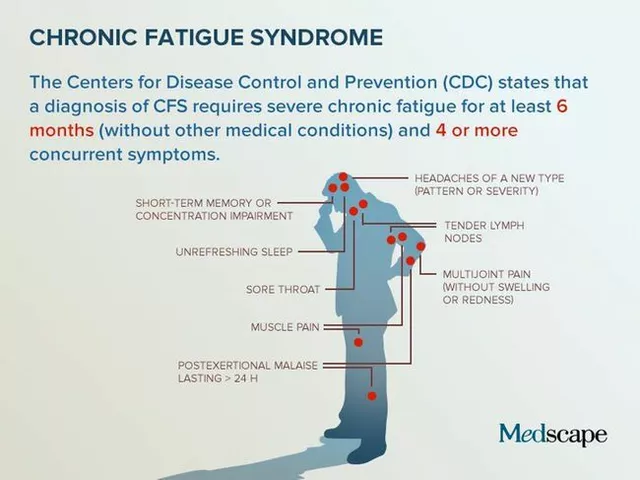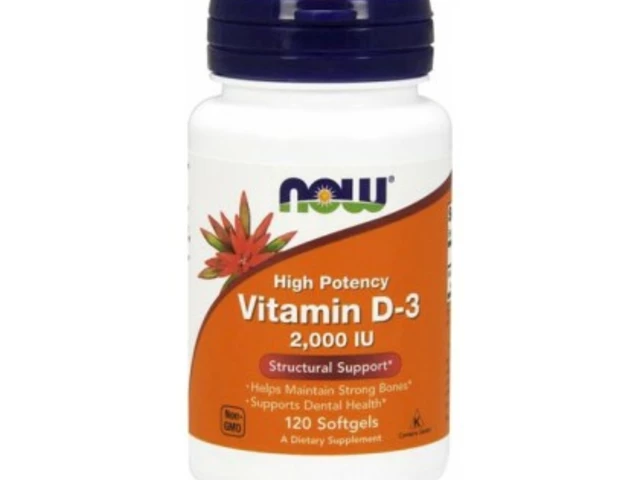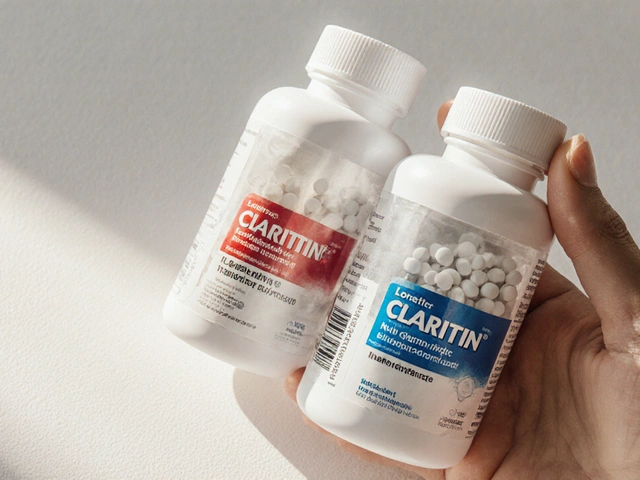ADHD medication: what works and what to watch for
ADHD meds can change daily life—sharper focus, fewer impulsive moments, better routines. But they’re not one-size-fits-all. This page gives a clear, practical look at common options, likely side effects, and smart ways to get prescriptions safely.
Types of ADHD meds and how they differ
Stimulants are the most common. Two main families are methylphenidate (Ritalin, Concerta) and amphetamines (Adderall, Vyvanse). They work fast, often within hours, and usually have the strongest effect on attention and hyperactivity.
Non-stimulants treat ADHD too, but act differently. Atomoxetine (Strattera) and guanfacine are examples. They take longer to work—days or weeks—but can be better if stimulants cause bad side effects or if there’s a risk of misuse.
Some drugs are used off-label. Bupropion (Wellbutrin) can help some adults with ADHD and mood issues. Your clinician will suggest the right option based on symptoms, other health conditions, and lifestyle.
Side effects, safety checks, and practical tips
Common side effects are appetite loss, trouble sleeping, jitteriness, and mild stomach upset. Some people notice a change in mood or increased heart rate. Kids may have slowed weight gain—doctors track growth and vitals over time.
Tell your prescriber about other meds you take. Stimulants can interact with antidepressants, blood pressure meds, or alcohol. Our site covers alcohol’s effect on medication—mixing booze with prescriptions can change how drugs work and raise risk.
If you or your child has heart disease, high blood pressure, or a history of seizures, bring that up before starting treatment. Most prescribers order a baseline check—blood pressure, pulse, and sometimes an ECG—so they can watch for issues.
Buying meds online? Be careful. Only use pharmacies that require a valid prescription and show clear contact details. Read reviews and check for accredited pharmacy seals. Our guides explain how to spot safe online sellers and what red flags to avoid. Never buy controlled stimulants from a site that skips prescriptions—buying that way risks fake meds, wrong doses, or legal trouble.
Follow-up matters. Start at the lowest effective dose and meet your provider for adjustments. Keep a simple symptom log—sleep, appetite, focus, mood—so you can give concrete feedback. For parents: share school notes or teacher feedback at check-ins.
Finally, think beyond meds. Behavior routines, sleep, exercise, and small organizational changes often boost medication benefits. If meds aren’t helping after a fair trial, ask about switching class, dose timing, or adding behavioral therapy.
If you want, check our articles on choosing online pharmacies, medication alternatives, and how alcohol affects prescriptions—those posts give practical steps for buying and managing meds safely.
Georgea Michelle, May, 28 2025
Strattera: A Deep Dive into Non-Stimulant ADHD Medication and Its Impact
Strattera, also known as atomoxetine, stands apart from other ADHD medications by being a non-stimulant option. This article explores how it works, who it helps, and what people should know before starting it. It also shares practical tips, side effects, and compares Strattera to stimulant medications using specific facts, giving a real-world perspective for patients, parents, and curious readers. Get everything you need to know if you’re considering Strattera or want to understand more about ADHD treatment.
View More





